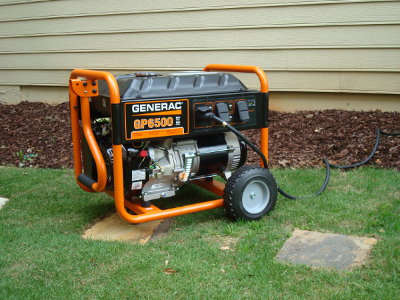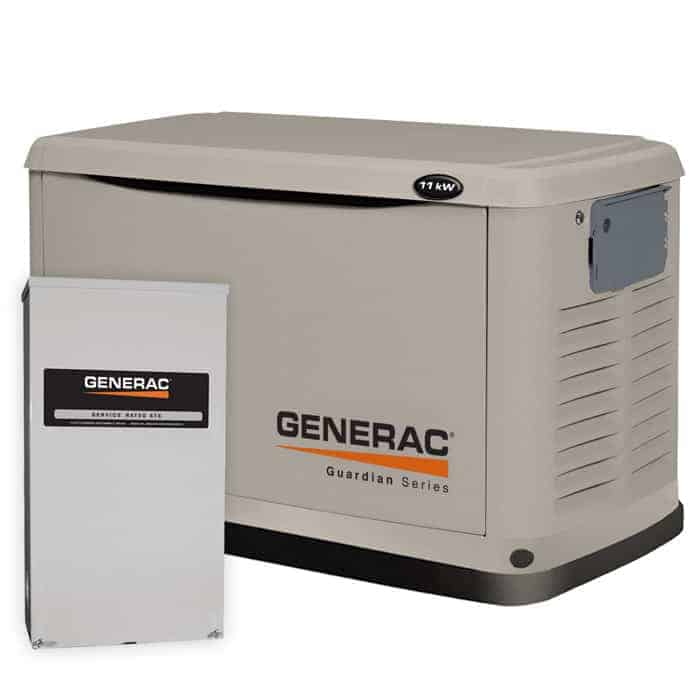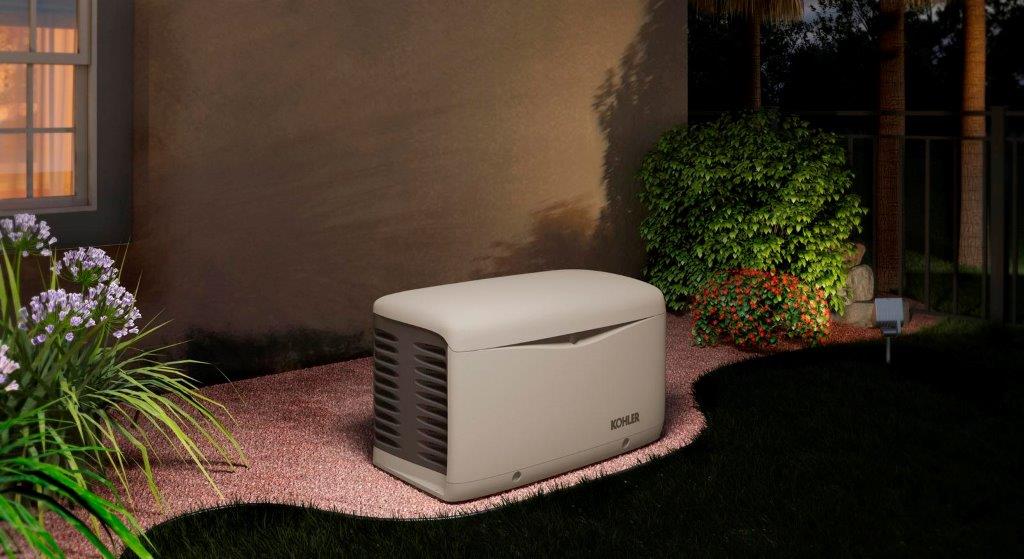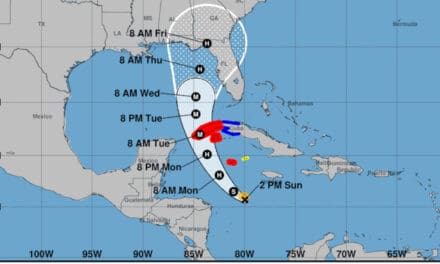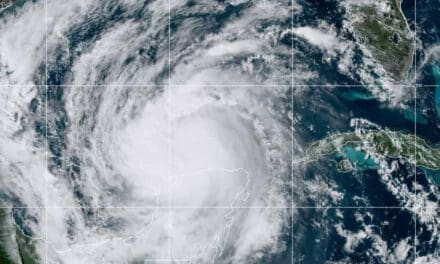65,000 Households and Numerous Businesses Lose Power After Sustained 70 MPH Winds
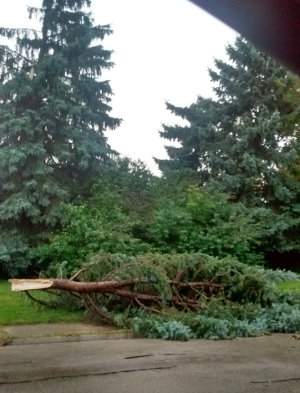
This Spruce Snapped off Halfway Up the Trunk. The Fire Department Dragged it Off the Street with a Fire Truck
Tuesday, September 25 began with a National Weather Service alert regarding an elevated risk of thunderstorms. Early in the afternoon, NWS issued a severe thunderstorm watch with the possibility of high winds and damaging hail. The FEMA app on my phone alerted me to the storm watch, but outside the weather looked calm. Maybe I should have taken a closer look. About four-thirty, another alert warned of an impending severe storm.
A short time later, as my wife prepared to run an errand and we discussed what to do for dinner that evening, a distant roar caught our attention and within seconds, increased in volume. A look out the deck door shocked me with the sight of horizontal rain so heavy it almost completely obscured the neighbor’s house behind us and the street alongside the house.
Something big and heavy, what we could not make out, appeared to lean out over the street. Then a higher gust of wind slammed it into the ground.
“What was that?” my wife asked.
The wind subsided for a few heartbeats and revealed the tree laying across the street.
“Good thing it missed the power lines,” I said.
At that moment, the lights flickered and went out. Apparently, another tree had not missed.
National Preparedness Month: Are You Prepared?
Power Outage
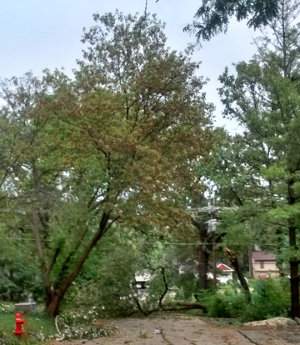
This tree fell on power lines and took out power to our entire block. Most of the neighborhood lost power.
The wind lasted about 15 minutes. The National Weather Service said the sustained winds peaked at 70 MPH. We had substantially higher gusts according to our local airport. All around the region, power outages caused by falling trees and other storm-related issues left more than 65,000 utility customers in the dark.
Seven years ago, another storm with hurricane force winds devastated the local distribution grid in our neighborhood and left more than a million people without electrical power. It took the electric utility company more than a week to restore our service, and others suffered in the heat for up to two weeks. We lost the food in our refrigerator and had to use a battery-powered sump pump to keep the basement from flooding.
Power outages for our neighborhood are relatively rare. In the years following the last disaster, the power went out four times that we can recall. In one instance, planned maintenance caused an outage that lasted a grand total of 20 minutes. In the other three outages, our power came back on in less than two hours.
This time, we had impassable streets due to fallen trees. The one we saw snap off was a thirty-year-old spruce. It stood between a house and the street and snapped off at roof level. It appeared the house shielded the bottom of the tree and the wind sheared off the top.
Our utility had crews out within the hour, but there were no quick fixes. Often, they had to cut a path just to get their trucks down a street. As we cleared broken tree branches and dragged them out to the curb, the sound of chainsaws and portable generators began to fill the air.
Buyer Guide: What Size Generator Do I Need?
Emergency Backup Power
When, two hours later, the utility could not give us a restoration time, I dragged our (almost) new portable generator out of the garage. Less than ideal for backup power, portable generators can supply some power during an outage. Our Briggs and Stratton got us through the next 24 hours. It weighs a ton; despite wheels that add mobility, it’s not easy to drag more than a few feet. I had to go about thirty.
Did you know FEMA recommends a generator for emergency power? Ours has enough power for our essentials in an emergency. The more power you use, the more gasoline it uses—true of any generator on any fuel. Moreover, according to my good wife, blow dryers are essential. I had no idea. In addition to buying gasoline every eight hours, every two days (50 hours) I have to change the oil. It’s not hard, but it gets in the way of trying to write stuff; like this blog post.
Here’s a tip—move the generator before you fill it with gas. A full tank on ours adds almost 60 pounds to the weight.
After I placed the generator in a safe place, I had to fill up the tank (it holds seven gallons) with gasoline and run the generator cord to the house. We can power the refrigerator, freezer, kitchen lights, sump pump, and have enough power left for the blow dryer and a few other essentials like charging cell phone and laptop batteries. After I started the engine and flipped the switch, we had some power. A couple of extension cords gave us lights in the bedroom and got my computer up and running.
Power outage or not, I still had to work.
Portable Generator Safety Rules to Live By
When you fill the tank, that leaves a gas can or two to refill for the next eight to ten hours. Fortunately, a nearby gas station had power, and I could buy gas 24 hours a day. Twice, I ran into the same guy filling his cans. We talked about how much fuel a portable generator uses and how glad we were for the open gas station. Another station closer to my house remained closed throughout the outage. Someone should mention a standby generator to the owner.
Today, two days after the outage, scattered homes remain without power. The portable generators in our neighborhood have gone silent, put away until the next time we get one of those rare storms that roar through neighborhoods like a hurricane.
Are you ready?


